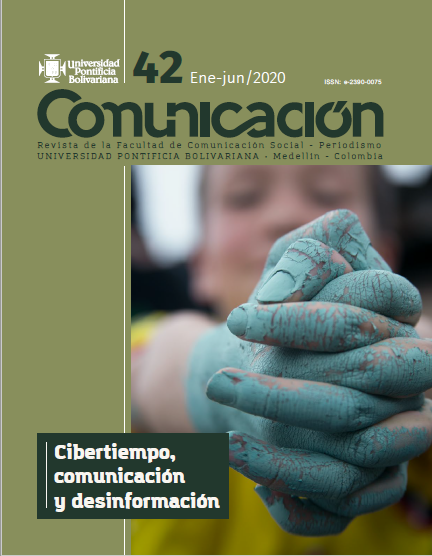Fake news during COVID-19: how to detect them?
Main Article Content
Abstract
The global COVID-19 pandemic has resulted in millions of infections and thousands of deaths worldwide. However, it has not only become a public health problem, it is also affecting other areas, such as economic and social ones. An enormous amount of unverified information is currently being disseminated on various aspects of coronavirus disease, methods of controlling and preventing the disease, and on its consequences through various media and social networks. This pandemic has also led to a great deal of false news, causing what is known as an infodemic. This term is used to refer to the dissemination of false news about the pandemic and describes the dangers of misinformation during the management of virus outbreaks, which leads to increased panic among the population. This type of news puts the health of the population and the ability of governments to implement prevention measures at great risk. herefore, in this work, a review has been carried out of which have been the main fake news events during the pandemic, and solutions are proposed to try to recognize this type of news, so that the problem of the pandemic is not even greater. In this way, it is necessary to use the time needed to evaluate the information that circulates through networks.
References
Mendoza, M.; Poblete, B. & Castillo, C. (2010). Twitter under crisis: Can we trust what we rt? Proceedings of the first workshop on social media analytics, pp. 71-79.
Starbird, K.; Maddock, J.; Orand, M.; Achterman, P. & Mason, R. M. (2014). Rumors, false flags, and digital vigilantes: Misinformation on twitter after the 2013 Boston marathon bombing. I Conference Proceedings.
Zarocostas, J. (2020). How to fight an infodemic. The Lancet, 395(10225), p. 676.





